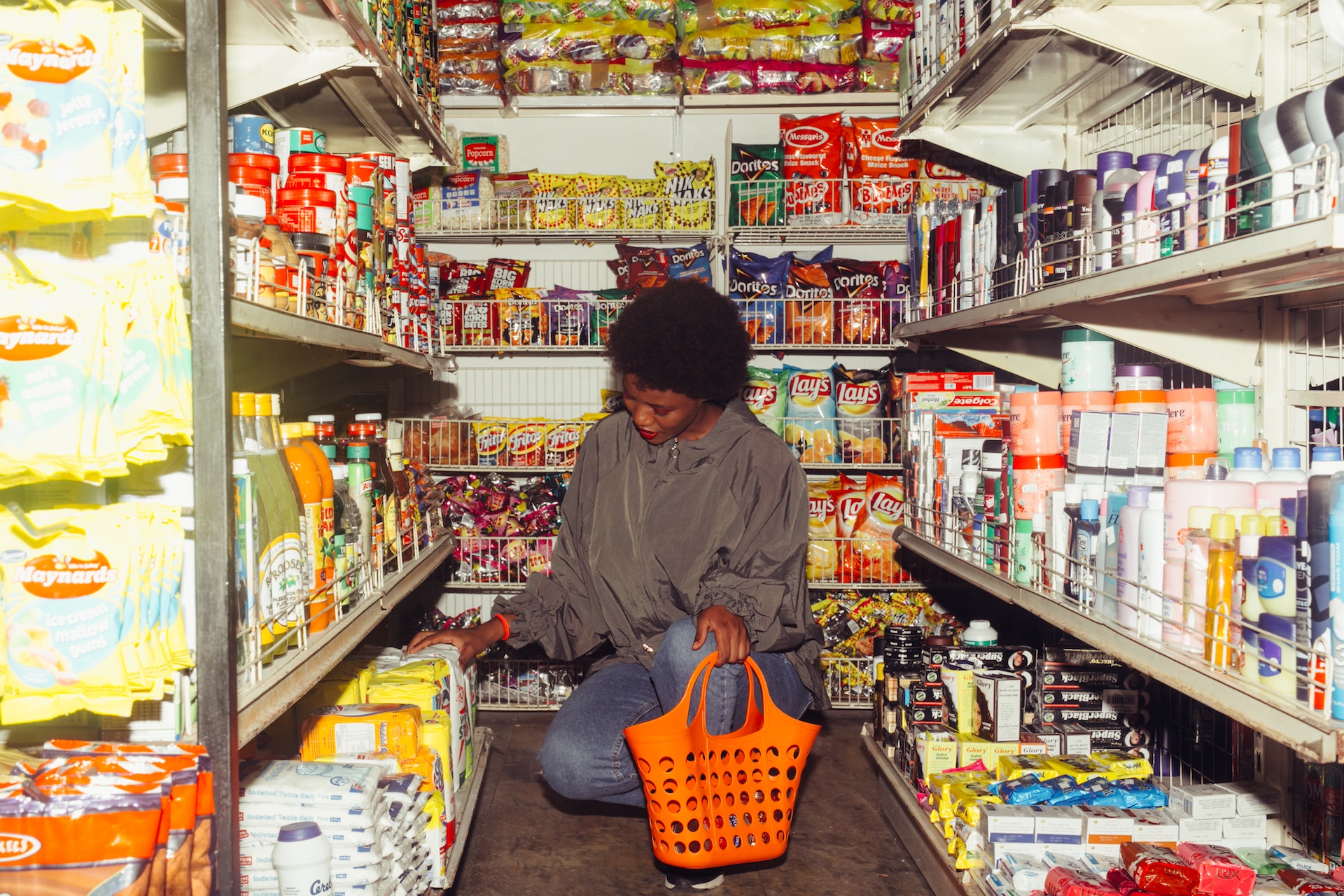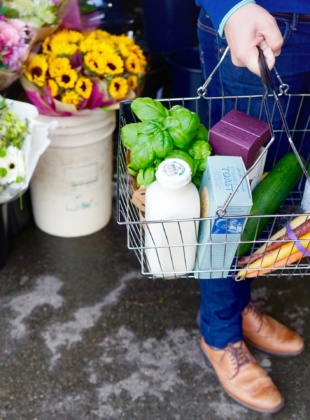Brits cut back on groceries and eating out in March, yet digital content & subscriptions sees resurgence thanks to latest TV releases

In Opinium’s latest study with Barclays, our research reveals some hard-hitting truths which come as a result of the cost-of-living crisis.
- Brits continue to find ways to reduce the cost of their weekly shop, with grocery spending tracking far below food price inflation
- Digital content & subscriptions sees its highest growth since October 2022, thanks to the latest instalments of TV shows such as Succession and Ted Lasso
- Gen-Z consumers are spending more of their income on discretionary purchases compared to older age groups, including spending twice as much on takeaways
- Just a third of Brits plan to pay for activities over the King’s Coronation bank holiday weekend in May, with only 8 per cent planning nights out at bars and pubs
- The Barclays report combines hundreds of millions of customer transactions with consumer research to provide an in-depth view of UK spending
Consumer card spending grew just 4.0 per cent year-on-year in March, less than half the latest CPIH* inflation rate of 9.2 per cent, as Brits made further cutbacks to cope with the cost-of-living crunch. However, home improvement and DIY stores enjoyed a seasonal boost, while the latest season premieres of popular TV shows fuelled a rise in digital content & subscriptions.
Spending on groceries increased 7.1 per cent, well below the latest ONS food price inflation rate (18.2 per cent), as 88 per cent of shoppers say they are concerned about the impact of rising food prices on their household finances, and more than six in 10 (62 per cent) are finding ways to reduce the cost of their weekly shop.
Over half (53 per cent) of these value-seeking consumers are cutting down on luxuries or one-off treats for themselves, while a sizeable proportion are planning meals in advance to avoid wasting food, or using vouchers to get money off their grocery bill (both 38 per cent).
Despite rising inflation elsewhere, spend on fuel saw a steep decline of -6.7 per cent, because fuel prices this year are much lower than they were in March 2022, towards the start of the Russian invasion of Ukraine.
Meanwhile, the industrial strike action which took place in March meant that spending on public transport saw a noticeably smaller year-on-year uplift (14.0 per cent) than in February (22.6 per cent) and January (37.9 per cent).
Energy costs continue to cause concern
As the cold weather persisted into March and households kept their heating on, spending on utilities rose 39.3 per cent year-on-year, with 88 per cent of consumers feeling concerned about the impact of rising household bills on their finances.
In response to the UK Government’s Spring Statement announcement that the Energy Price Guarantee will be extended beyond April, nearly six in 10 (59 per cent) consumers say they are glad about the extension, but are still worried about their ability to afford energy bills beyond June. A similar proportion (58 per cent) are hopeful that energy bills will fall this summer but are already concerned about their ability to afford energy bills this autumn and winter.
Spotlight on Gen-Z
Gen-Z consumers (aged 16-24**) are spending higher proportions of their income on discretionary purchases compared to those over 25 – on average, Gen-Z spends 41 per cent less than older groups on essential items, while their spending on non-essential items is only 21 per cent lower. This is perhaps because they’re more likely to live with parents, and therefore have fewer responsibilities when it comes to essential spending.
Looking at individual categories, Gen-Z consumers are spending twice as much (101 per cent more) as older consumers on fast food & takeaways. Conversely, older age groups spend nearly six times more (488 per cent) than Gen-Z on ‘Home Improvements & DIY’.
Spend on heating impacts eating
As rising household bills continue to bite, over half (54 per cent) of consumers say they are cutting down on discretionary spending, especially eating out at restaurants (62 per cent) and new clothes and accessories (63 per cent). This comes as restaurants saw a noticeable drop of -5.6 per cent, while clothing stores saw their steepest year-on-year decline in six months (-3.4 per cent).
Increasing costs are also having a wider impact on hospitality spending: over a third (36 per cent) are now cooking more at home instead of eating out, while a fifth (21 per cent) are even avoiding social plans that involve eating out so they can save money.
Spring bounce in DIY
In positive news for retailers, Brits are demonstrating an encouraging return to traditional seasonal shopping trends – for example, home improvement and DIY stores enjoyed a month-on-month rise of 4.3 per cent, as more consumers started to spruce up their homes and gardens in preparation for the warmer months.
In addition, spending on digital content and subscriptions (up 4.1 per cent) saw its highest year-on-year uplift in five months, likely driven by the latest season premieres of popular shows such as Succession, Ted Lasso and The Mandalorian.
Meanwhile, the ‘other specialist retailers’ category (up 3.5 per cent) had its strongest performance since April 2022, thanks to increased spending at florists and card shops for Mother’s Day. However, this year’s figures have been inflated because Mother’s Day fell in a different reporting period last year, so the growth is unlikely to carry over into next month.
Brits won’t break the Bank (Holiday)
Looking ahead, just a third of Brits (35 per cent) will spend on activities over the King’s Coronation Bank Holiday weekend in May, with one in 10 (11 per cent) consumers planning to purchase food and drink for hosting friends or family and only 8 per cent planning to spend money on drinks out at bars and pubs.
This may be because consumers are currently feeling slightly less confident in their household finances (59 per cent) and ability to spend on non-essential items (48 per cent) than they did in February (64 per cent and 51 per cent respectively), although confidence in the UK economy has remained steady at 23 per cent.
Esme Harwood, Director at Barclays, said: “The below-inflation rise in grocery spending shows that Brits are still trying their hardest to shave money off their weekly shop, as energy bills continue to rise. Cutbacks are also impacting restaurants, with a number of cash-strapped consumers even avoiding social plans that involve meals out.
“Hospitality & leisure businesses will be hoping that the busy Bank Holiday period provides a boost to counteract consumers’ everyday cost-savings. While predictions for the Coronation weekend are lacklustre, the results from Mother’s Day are more encouraging, demonstrating that Brits are still taking advantage of one-off moments to go out and celebrate.”
Silvia Ardagna, Head of European Economics Research at Barclays, said: “Inflation remains stubbornly high, with food and beverage prices up notably in February, and driving the sharp acceleration in prices set by restaurants and hotels.
“In this light, it is not surprising that consumers are moderating spending in these categories. But, with the decline in energy prices, we also expect a fast deceleration in food prices, which should provide some support to households’ consumption, and allow the UK to experience just a mild recession in H1 23.”




